Tips for Tricky Native Plants in NE Portland Garden Design
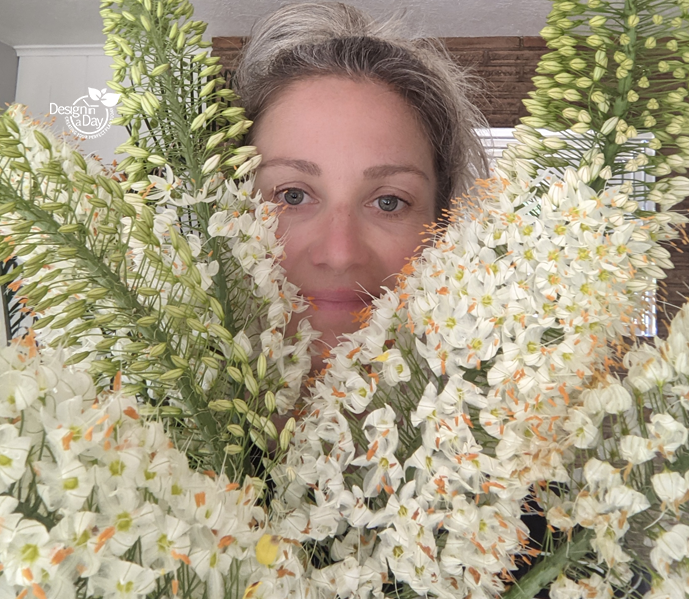
Hilary Hutler North Portland Landscape Designer with Fox Tail Lilly (Eremurus) an excellent pollinator plant
Welcome to part 2 of my blog series on drought tolerant pollinator friendly plants for North Portland home landscapes.
My disclaimer: This is my experimental and play garden so while some of the plants listed here are easy to grow and meant for a typical homeowner , others are a bit tricky or cause skin irritation, are a bit toxic or are especially thorny. They are very interesting and plant-nerd cool plants that are also pollinator friendly and drought tolerant. I love foliage but obviously flowers feed bees and who doesn’t love flowers?
Mixing PNW Natives with Mediterranean Plants
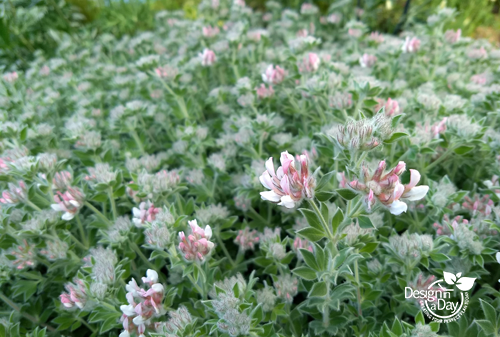
Dorycnium hirsutum or Canary Clover is drought tolerant in St Johns Front Yard Portland Oregon
First up is Dorycnium hirsutum*. This plant loves it dry and handles the heat beautifully. It has such a soft sea foam green foliage that the wonderful flowers and colorful small fruit capsules (captivating on their own merits) are just the dessert to my mind. Be aware that this plant can seed around a bit. If you are not the person who can pull out a plant that has seeded in the wrong place…walk on by. The web still says it’s evergreen but here in Portland it often dies back and +comes back strong once the heat of summer hits. Common name is Hairy Clover Canary or Canary Clover, but it does not look anything like typical clover…hmmm. It lasts for perhaps as long as ten years but will cast a few seeds so you have a new plant to take its place.
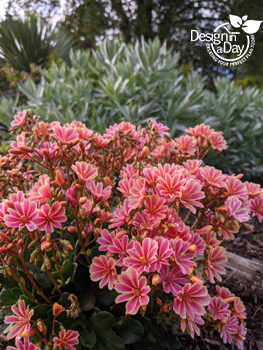
Lewisia thrives in north portland front yard also called Cliff Maid or Siskiyou Lewisia. Background silver plant is Artemesia ‘Valerie Finnis’.
I’m surprised with how big and healthy my Lewisia (our southern Oregon native plant Lewisia cotyledon.) I didn’t expect it to do well because it is planted in compacted heavy soil, (it prefers loose open dry soils) but it has really taken off. It’s twice the size I typically see in Portland gardens. As you can see by the picture, I’ve planted it in front of the Artemisia ‘Valerie Finnis’.
Some Aggressive Plants Can Be Tamed by Planting in My Worst Soil Area
‘Valerie Finnis’ Artemisia is a beautiful mounding silver green shrub. It can be an aggressive plant so use it’s tendencies to your favor by planting it in a heavier clay soil area, as it can take over in loose open soil. In my garden it is planted in my worst soil and totally handles the heat and dry conditions once established. You can let the flowers come on for a few weeks and then cut the whole plant back. The flowers are a pale yellow, that will feed pollinators and are not unattractive. I prefer to cut my plant back in May to prevent flowers because I love the silvery green leaves but also to keep the plant full. If you don’t cut it back it gets leggy. Note this plant dies back to bare stems in the winter.
Pruning tip for Artemisia: I employ The Chelsea Chop, a pruning technique which is usually done in May and involves removing 2/3rds of a summer or fall flowering perennial. This term was coined by Tracy DiSabiato in her excellent book “The Well Tended Perennial Garden” I happen to have sitting right next to my computer. It’s an older book so you can get a good deal on this book at our Powells Books in Portland.
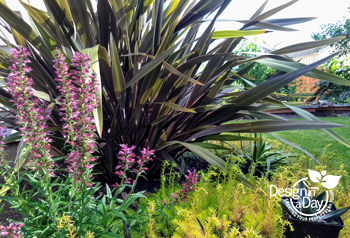
Drought tolerant planting combination is a thriller, colorful and great for pollinators too.
Create a Drought Tolerant Planting Combination for Year Round Interest
I’ve also had success with a combination planting of Echium*, Phormium, a small blue leafed Agave and Sedum rupestre ‘Angeliana’. This plant quartet has something going on all year round. The Phormium gives us year round structure, while the Agave gives both foliage color, contrast and texture. The mass of low semi-evergreen Sedum rupestre ‘Angelina’ adds a soft textured low foliage element and the Echium is the total drama queen with a 30” flower spike. Although Echium is somewhat toxic to people, the bees love it! And be aware the Sedum ‘Angelina’ is no angel and will spread, so best to use it in heavy soils and rarely water it to keep it polite. Summer flowering Echium must be pruned down at the end of the season to keep it from seeding about too much. It can cause skin irritation so wear heavy gloves when handling this plant. Echium will seed so I typically cut the spent flower stalk and put it in the garbage rather than my compost.
More Summer Flowers for Bees in North Portland
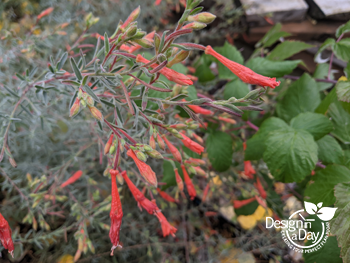
Flowering for four months straight in hot full sun with no irrigation is my idea of a drought tolerant plant for my north Portland garden.
Epilobium ‘Catalina’ – California Fuchsia loves the hot dry Mediterranean summers we have and flowers from August through November. I see the hummingbirds flock to this plant for months. Once it was well established it has never been watered since. This plant gets trimmed back a few times a year to keep it looking great but it’s worth it.
It also looks great adjacent to this public sidewalk in northeast Portland planted in this boulder wall.
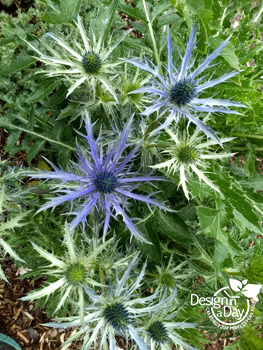
Eryngium ‘Big Blue’ pulls our native bumble bees in by the droves. Like the Sedum ‘Matrona’ the flower itself is made of many tiny flowers so lots of food for pollinators in a single flower.
Here’s a perfect plant that is both pollinator friendly and drought tolerant. Eryngium ‘Big Blue’ – Sea Holly in addition to attracting and feeding lots of pollinators, it adds dramatic beauty through the summer landscape and well into fall. The seed heads dry and remain a part of the garden view long after the silvery blue flowers have faded. Unlike many plants that claim to have blue flowers only to disappoint, this flower is absolutely blue. And don’t forget our native bumble bees-they adore feeding from my Eryngium Sea Holly.
Purple Flowers Pollinator Plant Combination
Monardia Bradburiana – Eastern Beebalm is best in heavy soil and some shade to slow it down. It is an excellent pollinator food plant and is native to the Midwest. It is planted with a poppy called ‘Lauren’s Grape’ and the deep purple of this poppy is simply amazing.

Papaver somniferum ‘Lauren’s Grape’ is fully drought tolerant in Hilary Hutler garden north Portland
You can grow it from seed and here is a source, Renees Garden For great contrast with the poppy flower and foliage, I used Sedum ‘Matrona’ for its large succulent leaf. The big flat umbel flower head is made up of a host of tiny flowers and has hundreds of nectar sites for pollinators. It’s mauve purple foliage is a dazzler with this planting combo.
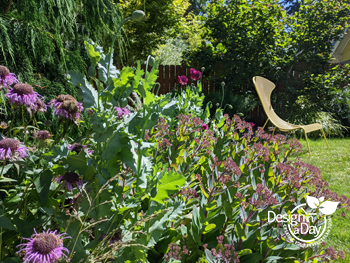
Eastern Bee Balm on the left, amazing poppy (Lauren’s Dark Grape) in the very back and Sedum ‘Matrona’ on the right.
My landscape in north Portland is a perfect place to experiment with plants for a drought tolerant and pollinator friendly garden in the Pacific Northwest. With a thoughtful selection of plants, I’ve created beautiful and relatively low maintenance plantings that provide for pollinators, and is very drought tolerant.
Contact us to work with experienced landscape designers who love to use plants that conserve water, feed bees without sacrificing beauty and color in our home landscape. We can make a difference in global warming by conserving water and protecting bees by the plantings we use in our Portland residential landscapes.
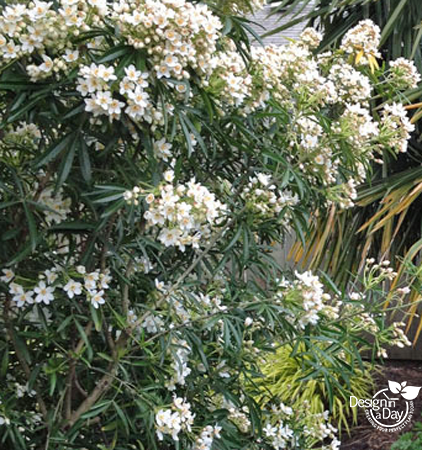
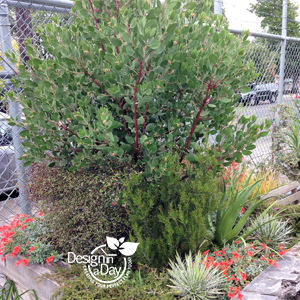

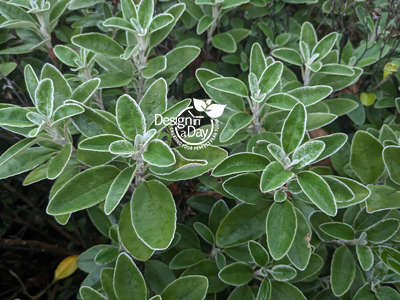
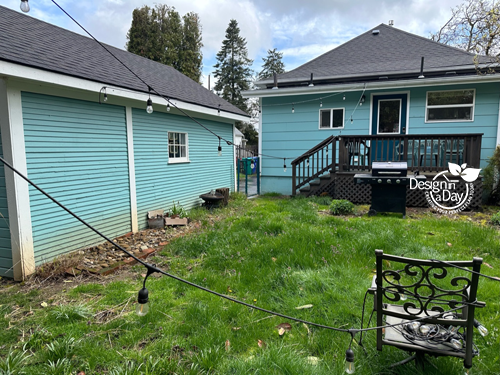
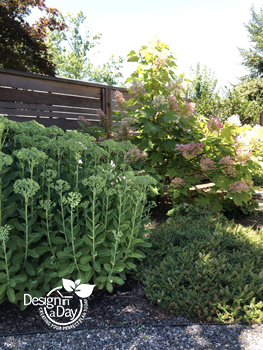
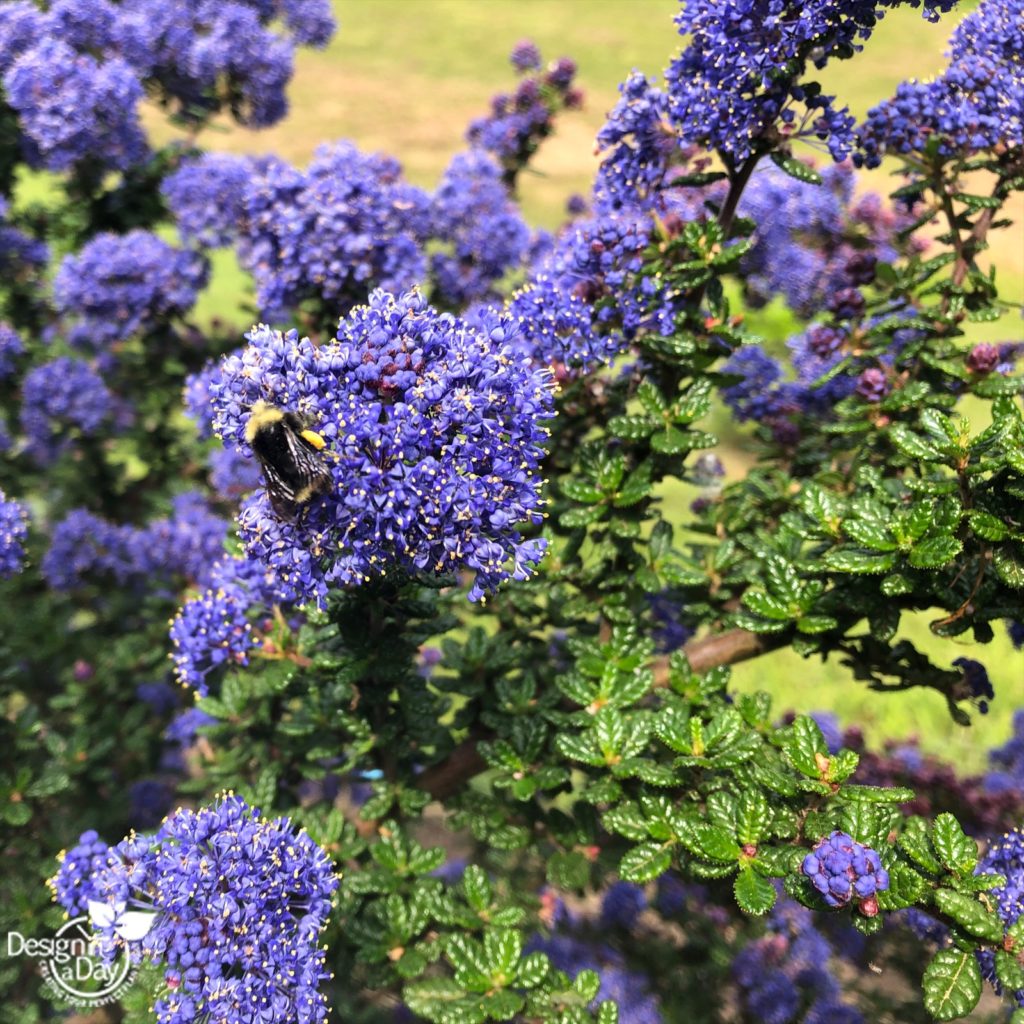
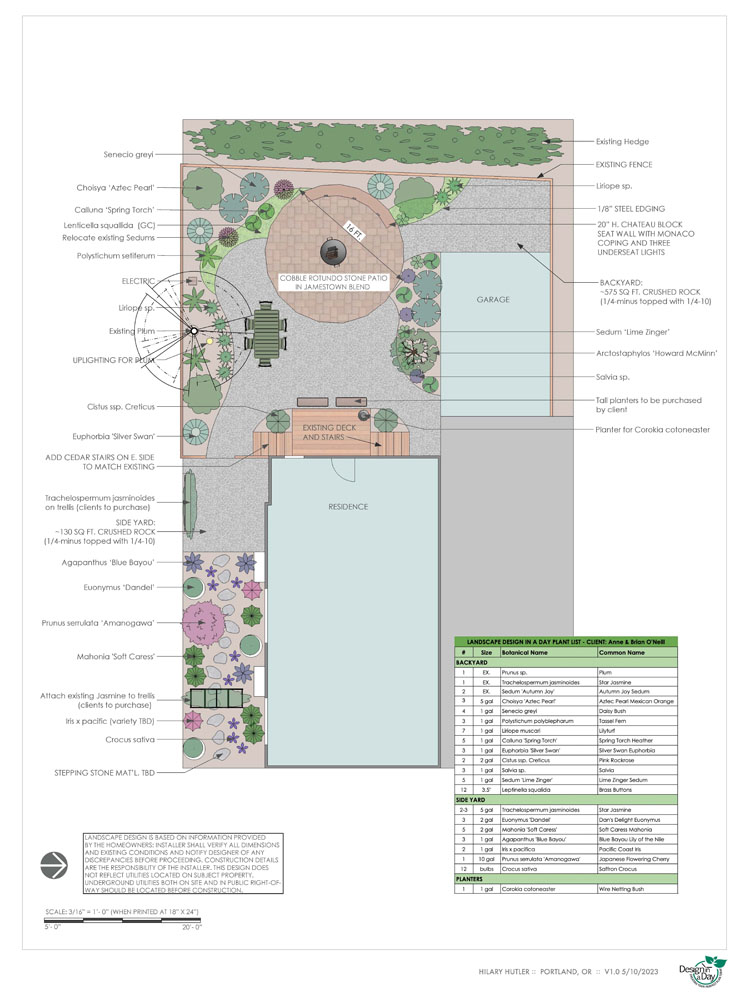
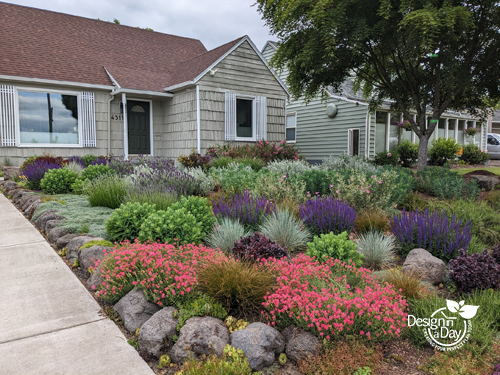
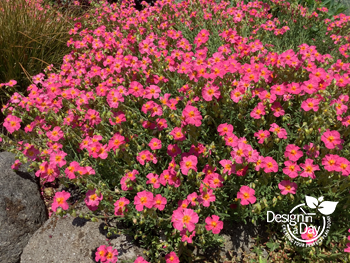
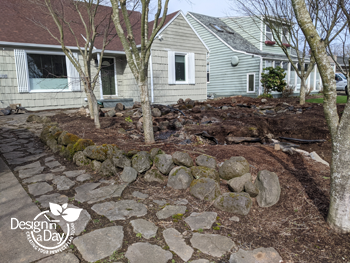
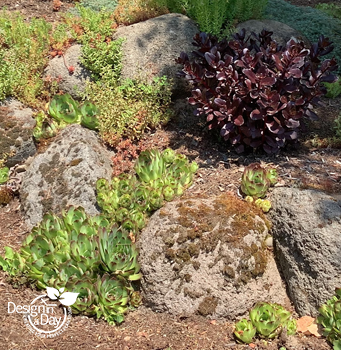
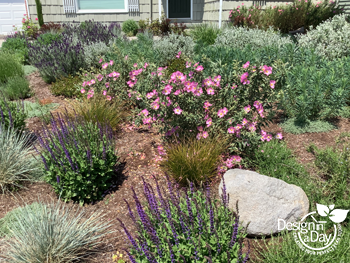
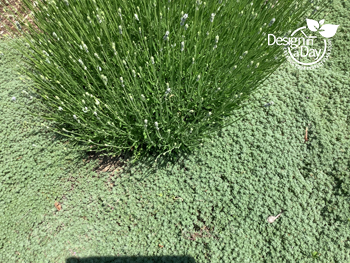





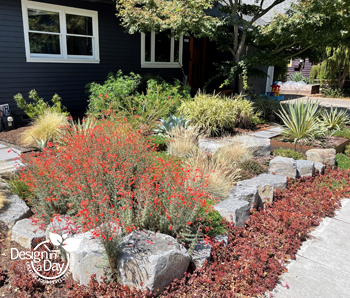



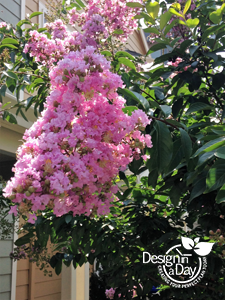 Landscaping with Crape Myrtle in Portland
Landscaping with Crape Myrtle in Portland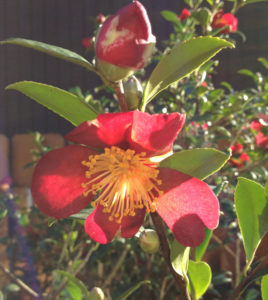
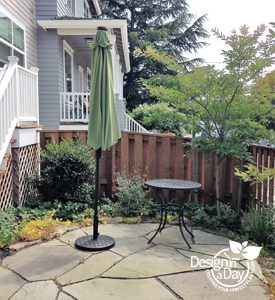
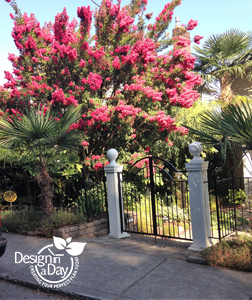 Once roots are well established many plants grow fast and then after many years, they slow their growth. Just to be perverse, some plants grow slowly when young and then after they are a decade old, they grow much faster. It depends on the genetic makeup of each plant as to its growth rate. Generally, it takes 3 years of root growth in a plant to get to leap.
Once roots are well established many plants grow fast and then after many years, they slow their growth. Just to be perverse, some plants grow slowly when young and then after they are a decade old, they grow much faster. It depends on the genetic makeup of each plant as to its growth rate. Generally, it takes 3 years of root growth in a plant to get to leap.


